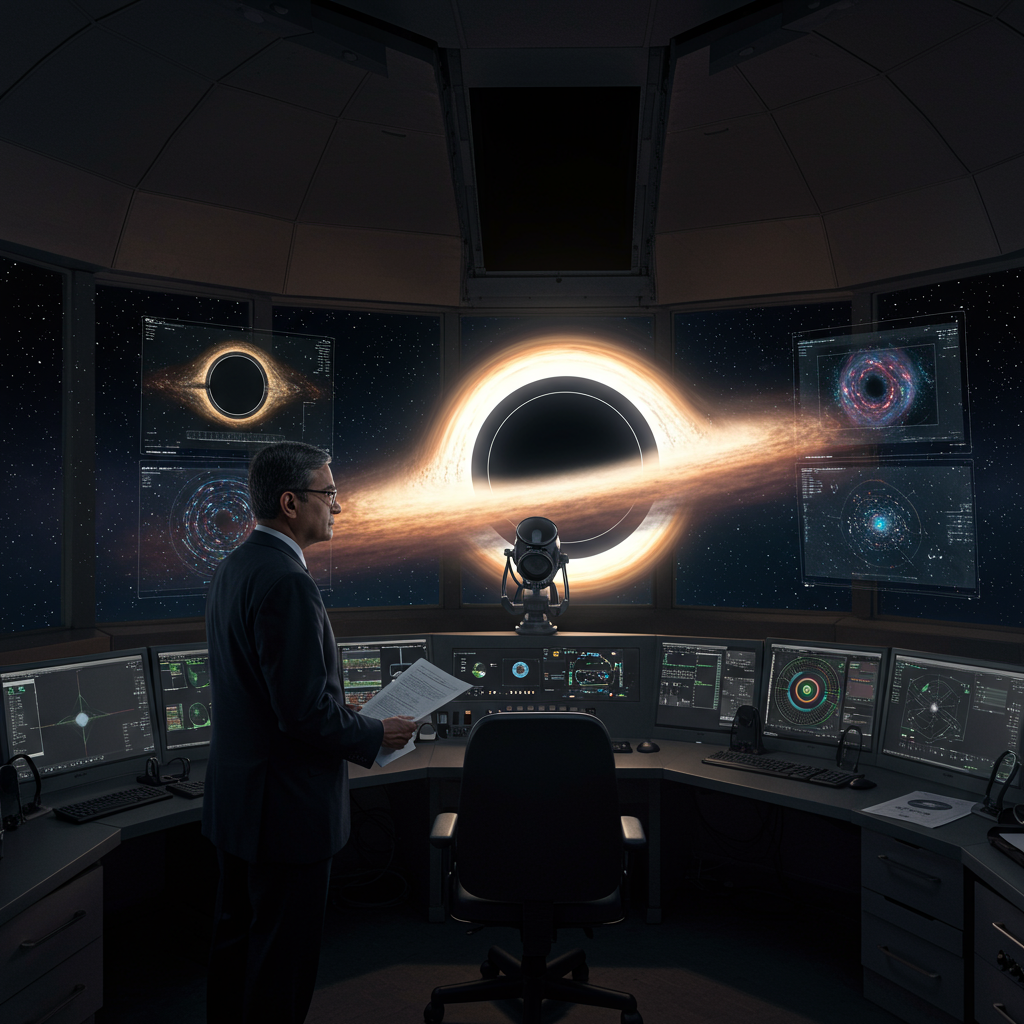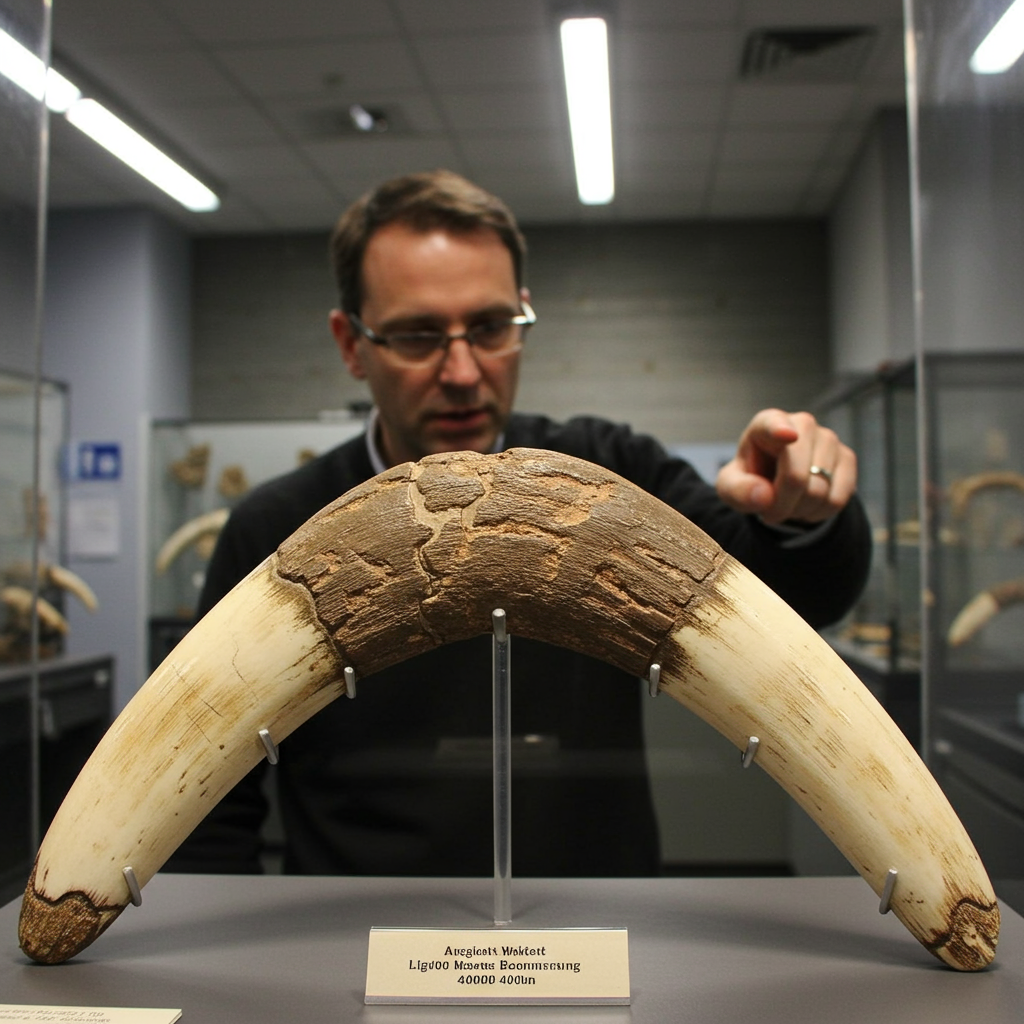AI Model Generates New Look at Milky Way’s Black Hole, But Questions Arise
A new image of Sagittarius A, the supermassive black hole anchoring our Milky Way galaxy, suggests it’s spinning at almost the fastest possible rate. This detailed view was created using an artificial intelligence (AI) model designed to process complex and noisy telescope data. However, the groundbreaking result is being met with caution by some experts, including a Nobel Prize-winning astrophysicist.
For decades, scientists have sought to understand Sagittarius A. Though its presence was confirmed by observing the stars orbiting an unseen mass at the galactic center, obtaining a direct image was an immense challenge. In 2022, the Event Horizon Telescope (EHT) collaboration unveiled the first-ever image of Sagittarius A. While a monumental achievement, this initial image still left many questions about the black hole’s dynamic behavior unanswered.
The Challenge of Imaging Sagittarius A
The EHT is not a single telescope but a global network of linked radio telescopes. This technique, known as very long baseline interferometry, allows astronomers to effectively create an Earth-sized telescope capable of incredibly high resolution. However, observing at the long wavelengths needed to penetrate the dust and gas surrounding the galactic core presents a significant hurdle: interference from Earth’s atmosphere, particularly water vapor. This interference can make the collected data exceptionally “noisy” and difficult to interpret using traditional methods.
AI Steps In to Process Complex Data
Recognizing the difficulty, an international team of scientists, including astrophysicist Michael Janssen at Radboud University, turned to artificial intelligence. They trained a neural network model on EHT data, including some previously considered too noisy for conventional analysis. As Janssen noted, a neural network is “ideally suited” to tackle this kind of complex data problem.
Through this AI technique, the team generated a new, more detailed image of Sagittarius A. Their findings, published in the journal Astronomy & Astrophysics, indicate that the black hole appears to be spinning at “almost top speed.” The image also suggested that the black hole’s rotational axis is pointing towards Earth.
Determining the spin rate of Sagittarius A is crucial. It provides insights into how radiation behaves around supermassive black holes and the stability of the swirling disk of matter (the accretion disk) surrounding it.
Skepticism from a Nobel Laureate
Despite the promise of the AI-generated image, the results are not universally accepted without reservation. Reinhard Genzel, an astrophysicist at the Max Planck Institute for Extraterrestrial Physics and a co-recipient of the 2020 Nobel Prize in Physics for his work confirming the existence of Sagittarius A*, expressed interest but also significant skepticism.
“Artificial intelligence is not a miracle cure,” Genzel told Live Science. His primary concern stems from the quality of the input data. Data previously discarded due to excessive noise could potentially bias the AI model in unforeseen ways, leading to a potentially distorted image or inaccurate conclusions about the black hole’s spin.
The Future of AI in Black Hole Astronomy
Janssen and his team acknowledge the need for further validation. They plan to apply their AI technique to the latest EHT data and compare the results against other observational data to refine the model. This ongoing work aims to improve the reliability of future AI-driven simulations and analyses of complex astronomical data, pushing the boundaries of what we can learn about the universe’s most enigmatic objects. While AI offers powerful new tools for deciphering complex cosmic signals, the scientific community remains cautious, emphasizing the importance of rigorous validation and expert scrutiny.




